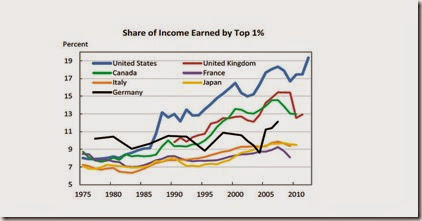The Mortgage Corner
The NAR reports total existing-home sales, which are completed transactions that include single-family homes, townhomes, condominiums and co-ops, rose 2.4 percent to a seasonally adjusted annual rate of 5.04 million in December from a downwardly-revised 4.92 million in November. And December’s sales were 3.5 percent higher by 3.5 percent from last year are now above year-over-year levels for the third straight month.
But existing-home inventories at this rather slow sales rate still dropped to 4 months, back to 1980 levels, indicating not enough homes are available for sale. Why, at this stage of the recovery are so few homes on the market?
Despite low inventory conditions, existing-home sales bounced back in December and climbed above an annual pace of 5 million sales for the sixth time in seven months, said the National Association of Realtors®. Median home prices for 2014 rose to their highest level since 2007, but total sales fell 3.1 percent from 2013. But for sale inventories have now dropped to 4.4 months, too low to sustain higher sales in 2015.
That means more new-home construction is in the works, much of it probably rentals to meet the demand of rising new household formation. But many of the newer generations can afford to buy a home with rising the employment prospects, as their jobs numbers improve.
The Census Bureau reports there were 1.006 million total housing starts during 2014, up 8.7 percent from the 925 thousand in 2013. Single family starts were up 4.9 percent, and multifamily starts up 17.1%.
Calculated Risk is optimistic that new-home construction will continue to uptick in 2015: “Single family starts were at 728 thousand in December, the highest level since early 2008. If single family starts just hold that level in 2015, annual single family starts would be up about 12 percent over 2014. With more growth, 20 percent would seem possible. However I think 20 percent is too optimistic (based on lots and pricing), and just like in 2013, we shouldn't let one month of data influence us too much,” said Calculated Risk’s Bill McBride.
But it will take more than new homes to improve availability. There are still some 5 million homes in the so-called shadow inventory of homes with negativity equity, or whose mortgages are in outright default. This graph shows inventory bottomed in January 2013 (on a seasonally adjusted basis), and inventory is now up about 5.5 percent from the bottom. On a seasonally adjusted basis, inventory was down 2.2 percent in December compared to November (meaning below what is normal for the season).
Fannie Mae, the guarantor of the majority of home mortgages, reported that the Single-Family Serious Delinquency rate declined slightly in November to 1.91 percent from 1.92 percent in October. The serious delinquency rate is down from 2.44 percent in November 2013, and this is the lowest level since October 2008. Freddie Mac’s results were similar. With foreclosure rates approaching the historical level of 1 percent, and housing values continuing to increase this year, more for sale inventory should become available this year.
“A drop in housing supply in December raises some affordability concerns in the months ahead as minimal selection and the potential for faster price appreciation could offset the demand from buyers encouraged by a stronger economy and sub-4 percent interest rates,” says NAR economist Lawrence Yun. “Housing costs – both rents and home prices – continue to outpace wages and are burdensome for potential buyers trying to save for a down payment while looking for available homes in their price range.”
Harlan Green © 2015
Follow Harlan Green on Twitter: https://twitter.com/HarlanGreen

















